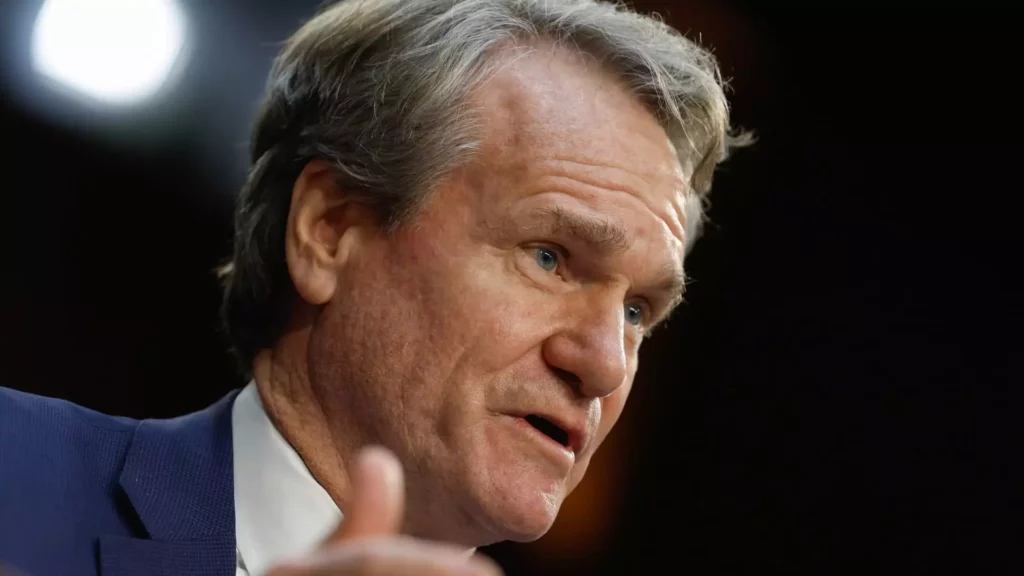![]()
The current year has seen a significant slowdown in consumer and business spending in the United States due to elevated inflation and interest rates. According to Bank of America CEO Brian Moynihan, both households and small- to medium-sized businesses are taking a cautious approach towards their purchases, ranging from hard goods to software.
Consumer spending via card payments, checks, and ATM withdrawals has only grown by around 3.5% this year, amounting to roughly $4 trillion. This growth rate is a substantial drop from the nearly 10% increase observed in May of 2023. Moynihan highlighted that consumers and businesses are indicating a trend of careful and slower spending, reflecting the overall sentiment in the American economy.
The cautious approach towards spending has been evident among businesses as well, with many reporting a reluctance to hire more employees or invest in new equipment or software. This hesitance is largely attributed to the higher inflation and borrowing costs prevailing in the current economic environment. Businesses are keen on maintaining stability amidst the uncertainty in the market.
Challenges Faced by Consumers
Consumers are facing challenges regarding the rising costs of goods and services, leading them to adjust their spending behaviors. The impact of inflation is visible in various sectors, from food retail to entertainment. For instance, food shoppers are now visiting more store locations in search of better deals, indicating a shift in consumer habits to cope with higher prices.
Analysis by Bank of America
Moynihan emphasized that the overall growth in consumer spending is primarily supported by the travel and entertainment industries. However, other sectors have experienced moderation, except for insurance payments. Growth in rent payments has also slowed down, signifying a broader trend in spending patterns across different segments of the economy.
Economic Outlook
Bank of America economists predict that inflation will persist until the end of the following year, requiring measures to be taken to bring it under control. Moreover, it is anticipated that the Federal Reserve will initiate interest rate cuts later this year to stimulate economic growth. Despite these challenges, the U.S. economy is expected to maintain a growth rate of around 2%, thereby avoiding a possible recession.
The impact of elevated inflation and interest rates on consumer and business spending is palpable in the current economic landscape. Both individuals and companies are adopting a cautious approach towards their expenditures, reflecting the broader trend of subdued growth and uncertainty. As the Federal Reserve aims to strike a balance between curbing inflation and sustaining economic growth, it remains essential for consumers and businesses to navigate through these challenging times with prudence and vigilance.

Leave a Reply